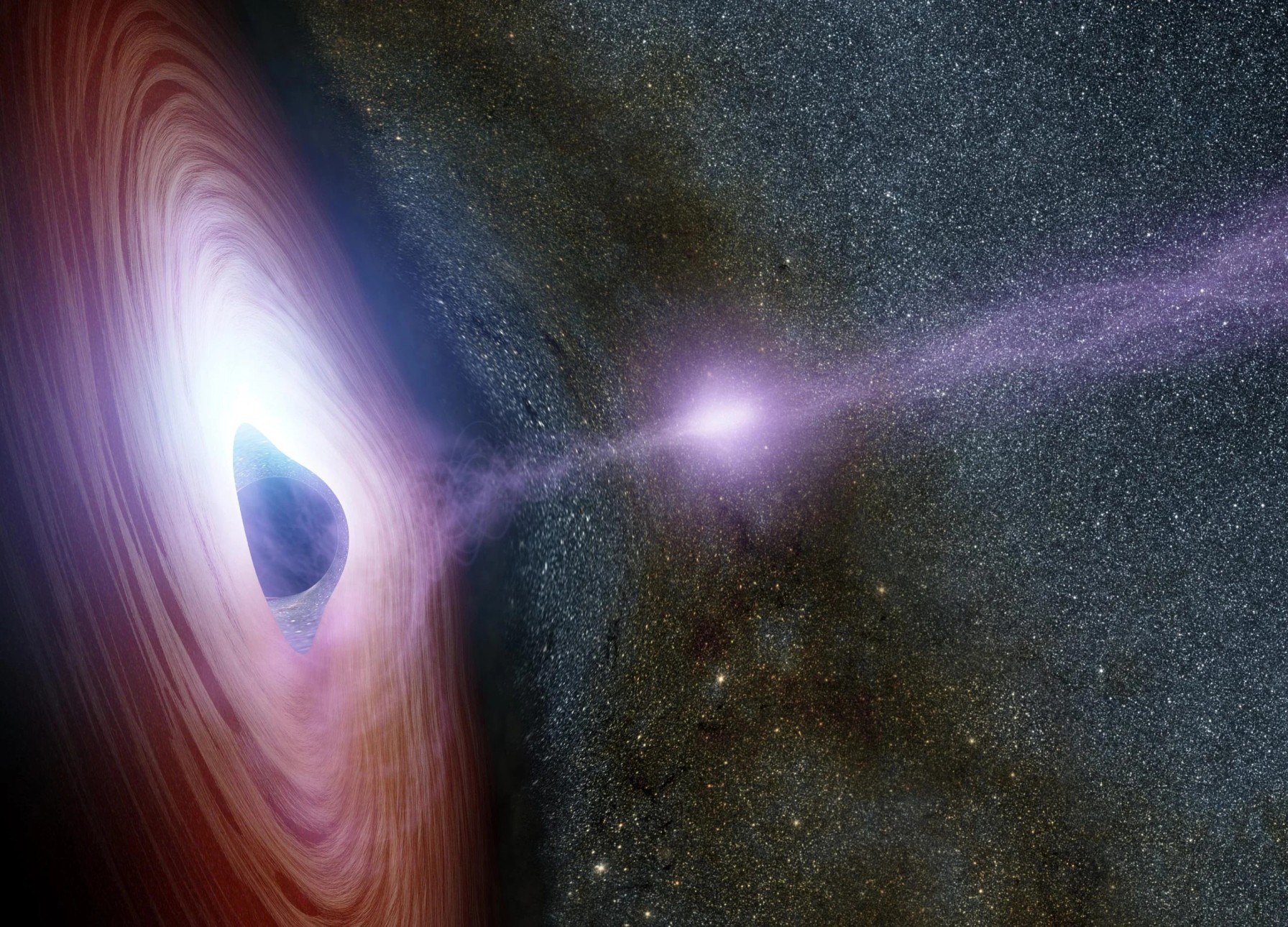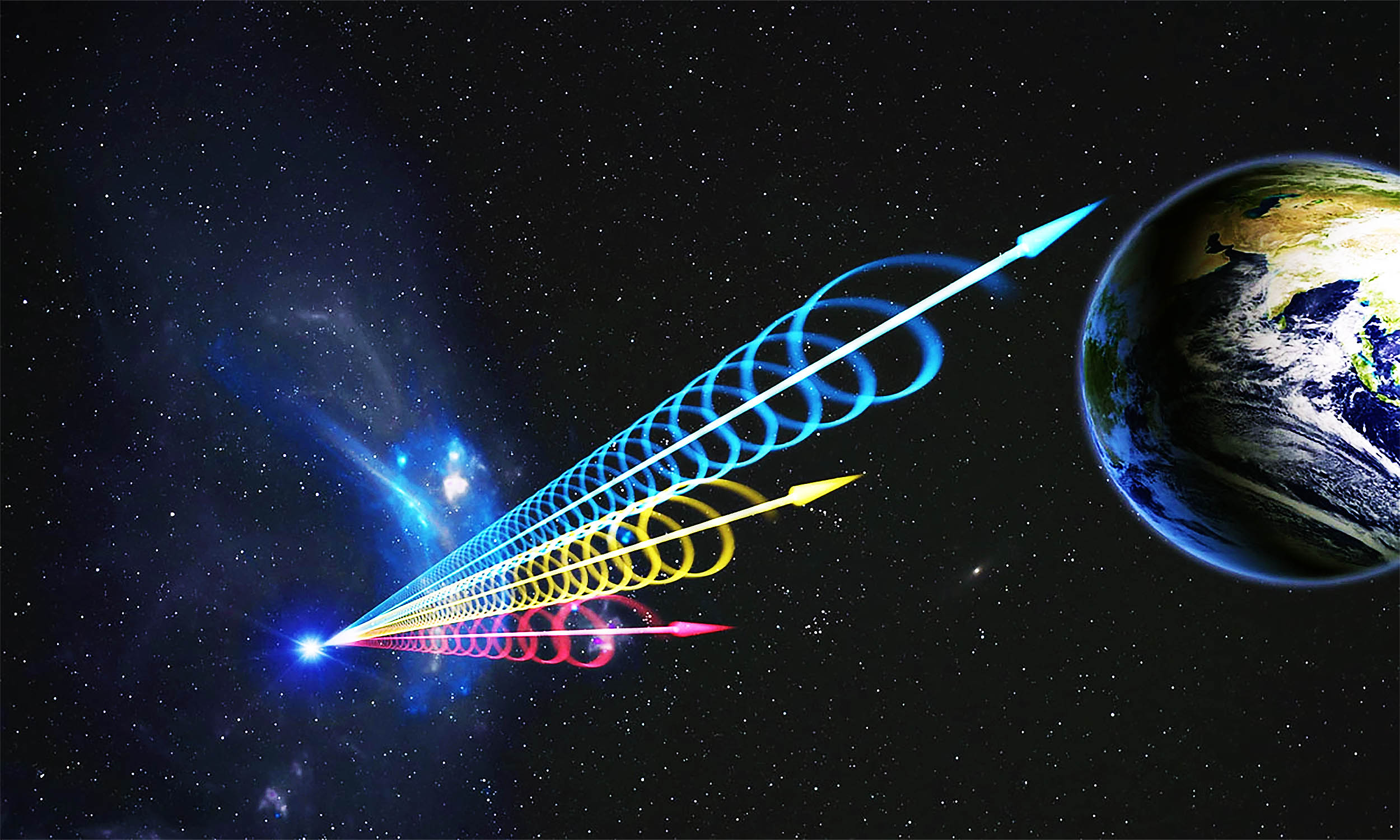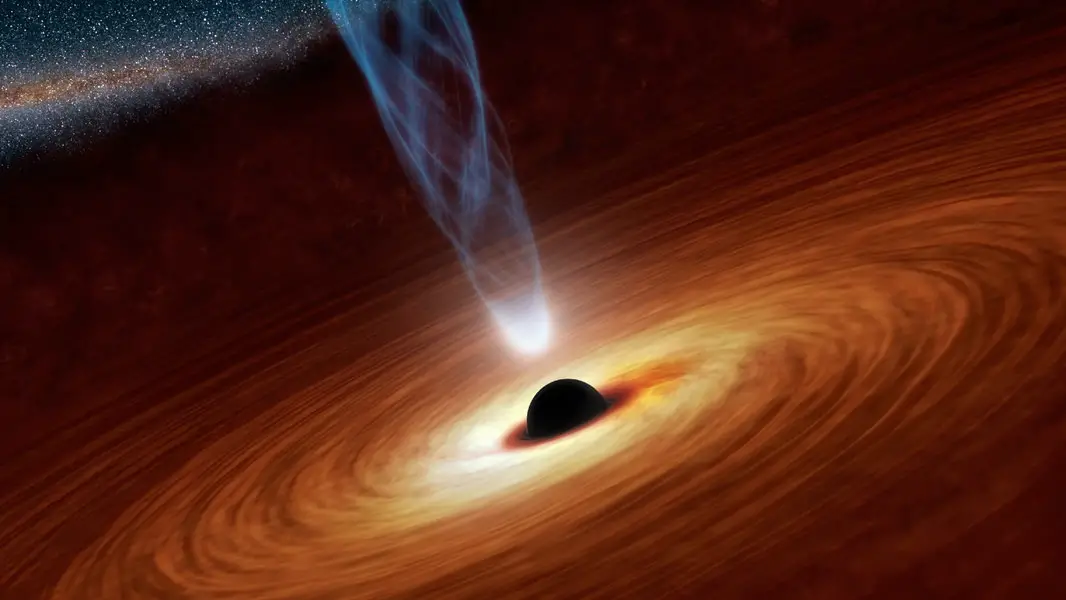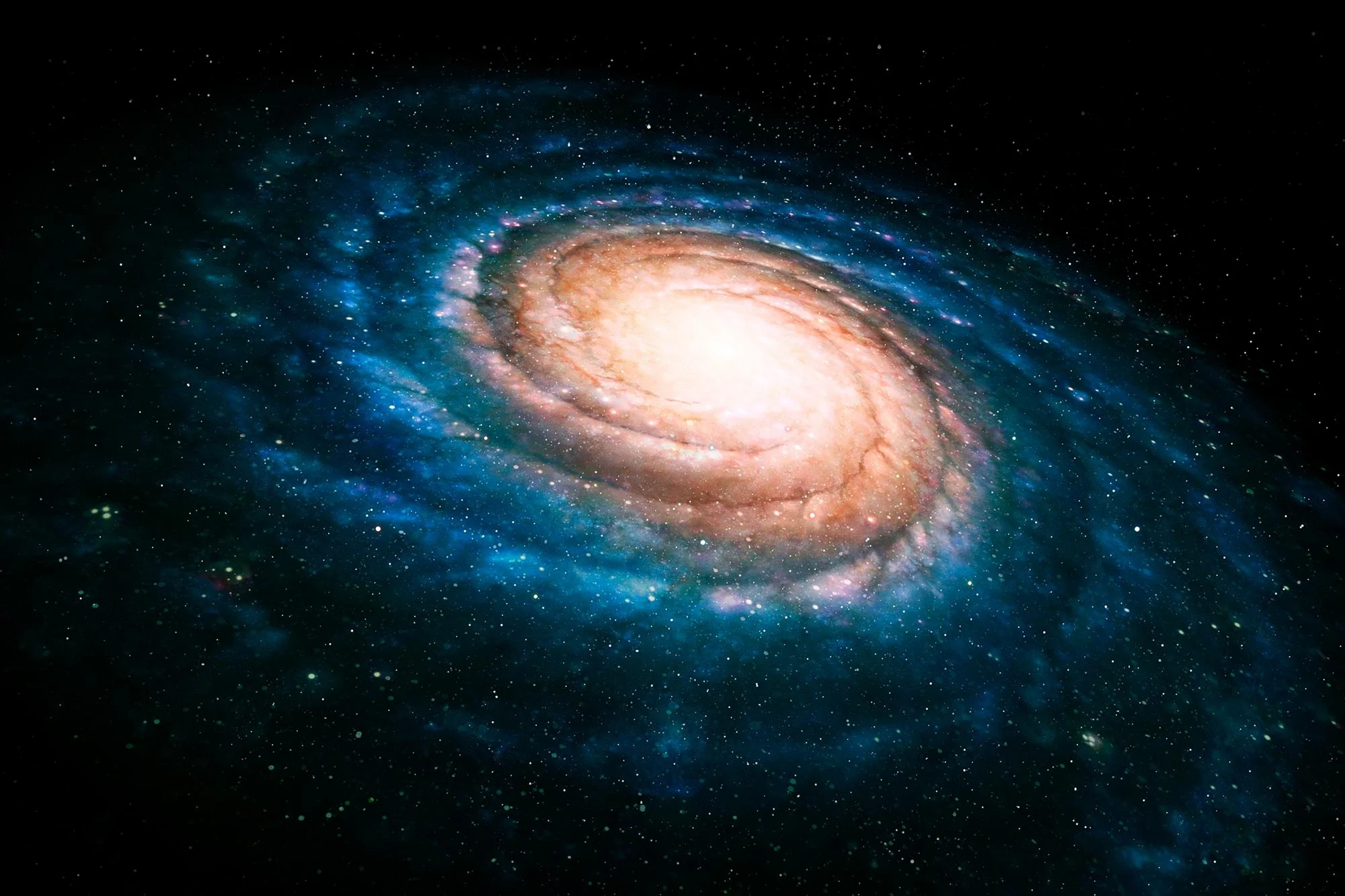A once-dormant black hole suddenly flared to life, illuminating its galaxy after years of silence.
Key Takeaways:
- Astronomers have witnessed a supermassive black hole awaken in real time for the first time.
- The black hole in galaxy SDSS1335+0728 became dramatically brighter, marking its transition to an active phase.
- Observations suggest the brightening could be caused by the black hole consuming nearby gas or a slow tidal disruption event.
- Supermassive black holes grow by merging with smaller ones and feeding on surrounding material.
- Future observations with advanced telescopes will help astronomers understand what triggered this sudden awakening.
_________
A Black Hole Awakens in Real Time
For the first time, astronomers have observed a supermassive black hole suddenly activate after a long period of dormancy. The event took place in the distant galaxy SDSS1335+0728, where the core unexpectedly brightened four years ago, signaling the reawakening of the black hole at its center. A study led by Paula Sánchez Sáez from the European Southern Observatory (ESO) in Germany describes this discovery, which was published in Astronomy & Astrophysics.
The brightening of SDSS1335+0728 was first detected by the Zwicky Transient Facility in California, which monitors sudden changes in celestial objects. Archival data from other observatories confirmed that the galaxy’s core had been inactive for years before this dramatic transformation. The sudden shift classifies the galaxy as having an active galactic nucleus (AGN), meaning its central black hole is actively feeding on material. Scientists are now investigating what triggered this awakening.

Why Did the Black Hole Wake Up?
Black holes do not emit light themselves, but their intense gravity pulls in surrounding gas and dust, forming an accretion disk that radiates energy. When a black hole remains dormant, it means it is not actively consuming material. However, if a gas cloud or star drifts too close, the black hole can begin feeding again, creating a sudden burst of brightness.
In the case of SDSS1335+0728, researchers suspect two possible causes: the black hole may have recently started consuming nearby gas, or a slow-motion tidal disruption event is occurring, where the black hole is gradually tearing apart a star. If the latter is true, it would be one of the longest and dimmest tidal disruption events ever observed.
Supermassive black holes grow over millions of years through mergers with smaller black holes and by consuming gas and dust. These processes are difficult to observe in real time, as they usually happen over vast timescales. The awakening of SDSS1335+0728 provides a rare opportunity to study black hole growth and activity as it happens.

What Comes Next?
Astronomers will continue monitoring SDSS1335+0728 using advanced telescopes, including ESO’s Very Large Telescope and the upcoming Vera C. Rubin Observatory. These observations will help determine if the black hole’s activity will continue or if this is a one-time event. Regardless of its cause, this discovery offers valuable insight into how supermassive black holes evolve and interact with their galaxies.





RYJ5JmMnq6V